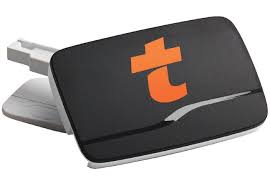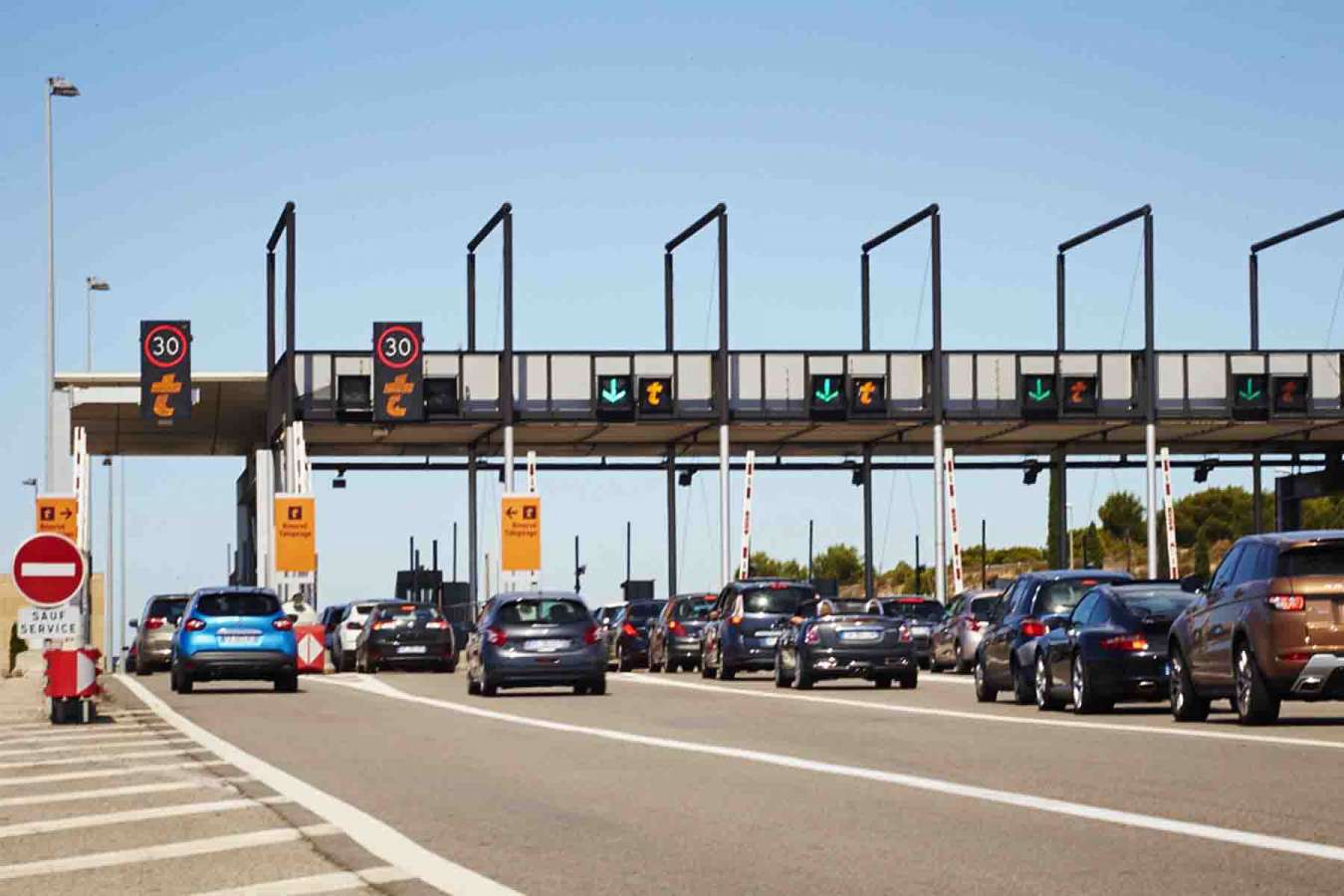Draagvermogen
|
LI |
kg |
LI |
kg |
LI |
kg |
|
100 |
800 |
109 |
1030 |
118 |
1320 |
|
101 |
825 |
110 |
1060 |
119 |
1360 |
|
102 |
850 |
111 |
1090 |
120 |
1400 |
|
103 |
875 |
112 |
1120 |
121 |
1450 |
|
104 |
900 |
113 |
1150 |
122 |
1500 |
|
105 |
925 |
114 |
1180 |
123 |
1550 |
|
106 |
950 |
115 |
1215 |
124 |
1600 |
|
107 |
975 |
116 |
1250 |
|
|
|
108 |
1000 |
117 |
1285 |
|
|
Snelheidsindex
|
Klasse |
Km/u |
Klasse |
Km/u |
Klasse |
Km/u |
|
E |
70 |
M |
130 |
T |
190 |
|
F |
80 |
N |
140 |
U |
200 |
|
G |
90 |
P |
150 |
H |
210 |
|
J |
100 |
Q |
160 |
V |
240 |
|
K |
110 |
R |
170 |
W |
270 |
|
L |
120 |
S |
180 |
Y |
300 |
Draagvermogen
|
LI |
kg |
LI |
kg |
LI |
kg |
|
100 |
800 |
109 |
1030 |
118 |
1320 |
|
101 |
825 |
110 |
1060 |
119 |
1360 |
|
102 |
850 |
111 |
1090 |
120 |
1400 |
|
103 |
875 |
112 |
1120 |
121 |
1450 |
|
104 |
900 |
113 |
1150 |
122 |
1500 |
|
105 |
925 |
114 |
1180 |
123 |
1550 |
|
106 |
950 |
115 |
1215 |
124 |
1600 |
|
107 |
975 |
116 |
1250 |
|
|
|
108 |
1000 |
117 |
1285 |
|
|
Snelheidsindex
|
Klasse |
Km/u |
Klasse |
Km/u |
Klasse |
Km/u |
|
E |
70 |
M |
130 |
T |
190 |
|
F |
80 |
N |
140 |
U |
200 |
|
G |
90 |
P |
150 |
H |
210 |
|
J |
100 |
Q |
160 |
V |
240 |
|
K |
110 |
R |
170 |
W |
270 |
|
L |
120 |
S |
180 |
Y |
300 |
Draagvermogen
|
LI |
kg |
LI |
kg |
LI |
kg |
|
100 |
800 |
109 |
1030 |
118 |
1320 |
|
101 |
825 |
110 |
1060 |
119 |
1360 |
|
102 |
850 |
111 |
1090 |
120 |
1400 |
|
103 |
875 |
112 |
1120 |
121 |
1450 |
|
104 |
900 |
113 |
1150 |
122 |
1500 |
|
105 |
925 |
114 |
1180 |
123 |
1550 |
|
106 |
950 |
115 |
1215 |
124 |
1600 |
|
107 |
975 |
116 |
1250 |
|
|
|
108 |
1000 |
117 |
1285 |
|
|
Snelheidsindex
|
Klasse |
Km/u |
Klasse |
Km/u |
Klasse |
Km/u |
|
E |
70 |
M |
130 |
T |
190 |
|
F |
80 |
N |
140 |
U |
200 |
|
G |
90 |
P |
150 |
H |
210 |
|
J |
100 |
Q |
160 |
V |
240 |
|
K |
110 |
R |
170 |
W |
270 |
|
L |
120 |
S |
180 |
Y |
300 |





